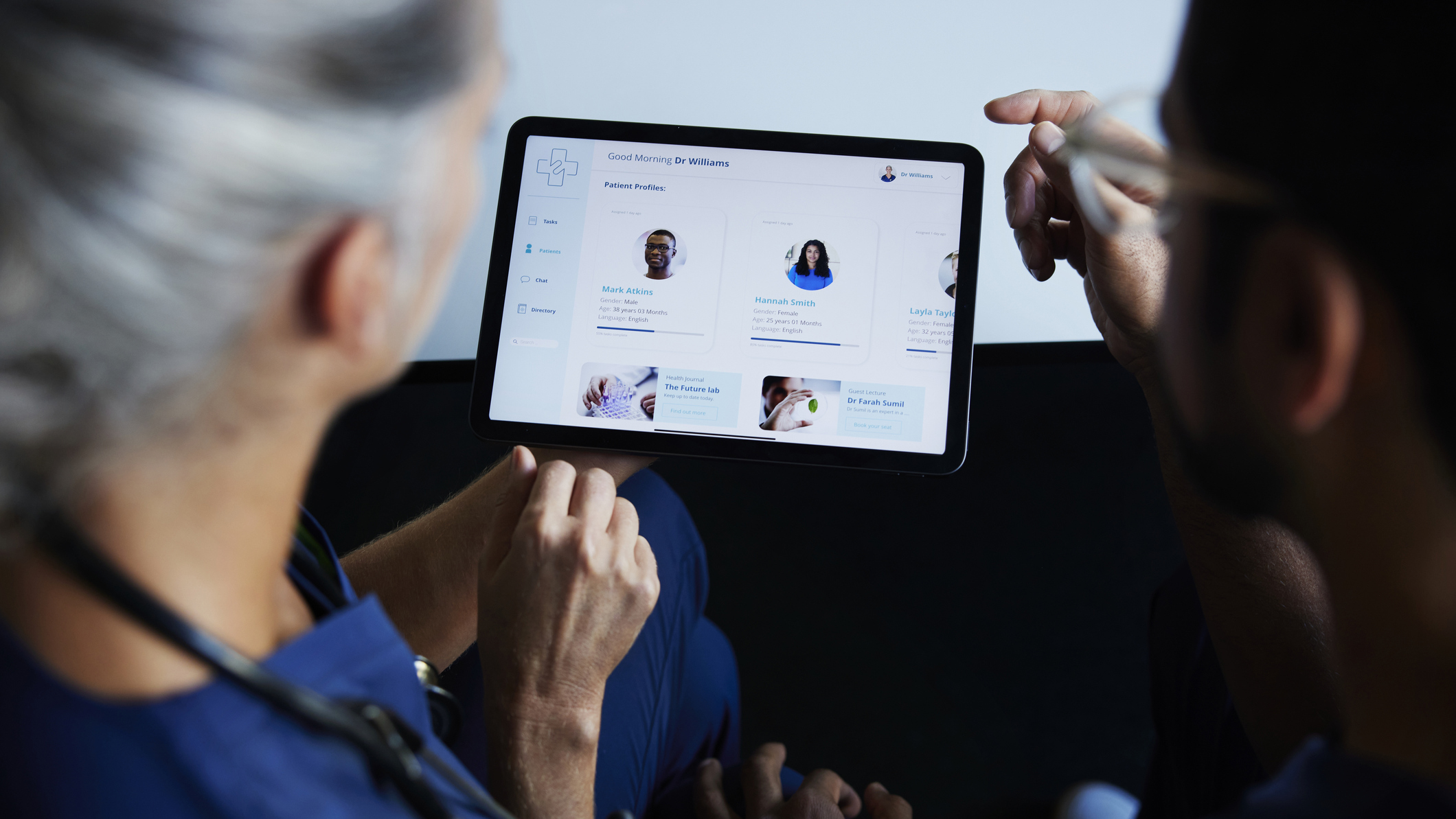
Partnered with Cisco, CÚRAM, and SFI Research Centre for Medical Devices in Ireland, the University of Galway is introducing the first ‘Virtual Hospital’ framework, which will allow patients to be monitored from the convenience of their own home.
TechRadar Pro spoke to the originator of the ‘Clare Island Home Health Project’ - the first phase of the virtual hospital, to find out more about how this will work.
“This is a new slice of healthcare with chronic disease management essentially," noted Dr Derek O’Keefe. "We have a digital transformation in shopping, we have it in banking, let's go mainstream now with medicine”.
A hospital at home
The goal of the initiative is to ease the burden on public services and help patients access care more conveniently. The virtual platforms will allow patients to monitor their own progress, and can provide patients with direct access to educational materials, allowing them to participate in the decision-making process with their healthcare providers.
But the question on everyone’s mind is, what will it look like? The end result is more of a digital framework than a physical structure, made up of a set of mobile health apps and health tracking systems which can help patients monitor themselves at home and streamline care.
It’s estimated that this will mean a €1,020 saving per person compared with inpatient care and €135 per person compared to care at home without the virtual framework. So far, the systems have saved 350 ‘bed days’ by providing at-home monitoring.
Virtual wards are in operation around the world, with NHS England and healthcare organizations in the US and Australia all taking advantage of the developing technologies, especially for those needing monitoring and ongoing care.
The future of Digital Health
The virtual hospital will essentially be able to keep an eye on people who need constant observation, and will use AI software to make sure the patient is at a stable and healthy level, without needing a nurse or doctor to physically check-in.
“So what we did is we actually looked at the hype data which is the hospital data for the kind of people who come in a lot to hospital like frequent flyers almost in airplanes right? And what you find is there's a cohort of patients who come in an awful lot to hospital,” noted Dr O’Keefe.
Galway is pioneers in this new type of automated monitoring , and is creating the framework that can be applied not only in hospitals around Ireland, but around the world. As Dr O’Keefe explained, “we're trying to digitally disrupt healthcare but not just in a study but in long-term thinking”.
Dr O’Keefe hopes this will be the future of healthcare, and in the same way that ‘smartphones’ are now just ‘phones’, in 2050, ‘digital healthcare’ will just be ‘healthcare’
“It's changing the way we're delivering healthcare,” he says. “It'll just be a standard tool we use, that’s the best success we can have out of this, whereby people just expect to get their care remotely and not traipsing in and out of physical hospitals and all that stuff.”
By carefully monitoring patients with chronic diseases, a virtual hospital can help doctors address issues before they become critical, saving patients from being forced to seek care after spiraling into ill-health. As Dr O’Keefe says, “prevention is better than cure, right?”
AI is a tool, not a replacement
Right now, this is a pilot study, and is not ready for a full scale rollout. But with an ageing population and a growing population comes a rise in chronic disease, and a shortage of healthcare workers leaves an imbalance in our monitoring capabilities.
Does the AI software need supervision? “Very much so,” says Dr O’Keefe. AI is ‘a few years away’ from being able to handle monitoring without having ‘a human in the loop’. In the coming months and years, the trials will be expanded to collect more data and test more scenarios.
“It'll be the exact same transition of the internet in 2000, when everyone said, oh, why would you need to go to a doctor? There's Dr. Google. But still, you still need to go to see a doctor and a nurse and a pharmacist. So it's the same now.”
From the bedside to the ballot box
In its current form, this technology is offering a useful tool to a small number of willing patients, but in future, with more funding, Dr O’Keefe hopes virtual hospitals will be available to patients across the country.
In the last two years, Dr O’Keefe has been collaborating with politicians to push for more funding for digital care, and success with this initiative could see a transformation in the future of healthcare.
With so much regulation surrounding AI, and more to come, ethical approval is key. Due to the sensitive nature of the data handled by the software, this trial is exclusively focused on a small cohort, who all agreed to the terms of the study. Do you need to regulate AI for healthcare? “My answer was absolutely yes.” Dr O’Keefe says.
“We regulate food, we regulate water quality, we regulate electricity, we have standards. So of course we have to regulate AI, we have to do the studies and we have to show it's safe and we have to make sure it's not biased.”







